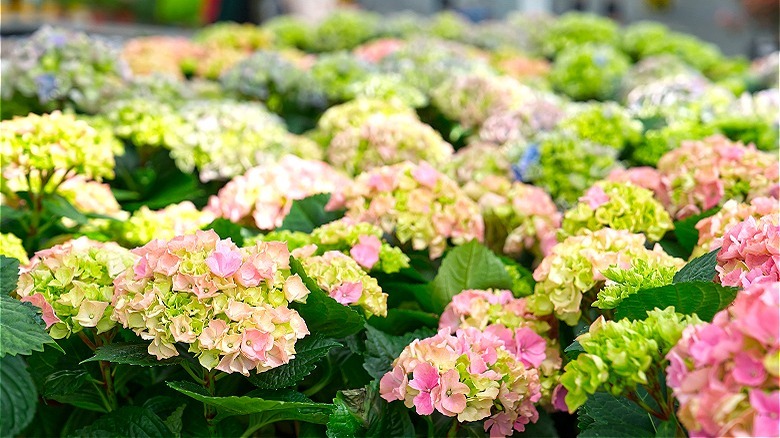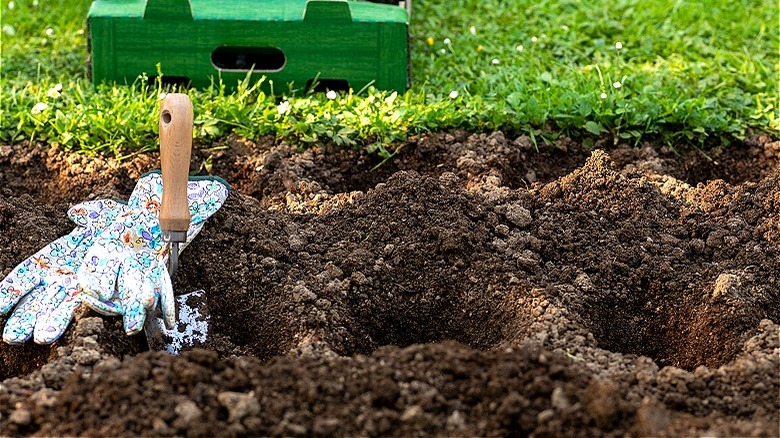Garden Trees, Shrubs & Vines
Masie O’Toole
When deciding which plants to incorporate into their lawns, many people choose hydrangeas for one very good reason: their gorgeous, large-scale blooms. These shrubs are much taller than many of other florals, meaning they’re more easily visible, and they come in plenty of varieties so you can cater your selection to your ideal final look. If you want to ensure they thrive, however, it’s important to give them the room they need to attain their full potential. How far apart to plant your hydrangeas depends on their species, but there are some general guidelines you can follow to ensure success.
Because hydrangeas are a shrub rather than a smaller flower, they need a bit of room to fill out and reach their maximum size. This space can be anywhere from 3 to 10 feet based on the type of hydrangea you’re growing, so it’s important to take the shrub’s expected final size into account when planting rather than going for a one-size-fits-all approach.
How to find your hydrangea’s species

InFocus.ee/Shutterstock
Thankfully, determining how large your hydrangeas will grow — and consequently how much space you’ll need to provide them with — doesn’t require much special research or knowledge — all you need to find out is the species. The easiest way to do this is simply by checking the plant’s tag before buying, but you can also gain some insight based on the plant’s appearance. There are about five different varieties that are commonly found in North America, each with its own unique set of characteristics.
The most common is the bigleaf hydrangea, or Hydrangea macrophylla. These shrubs are known for their large blooms and can range in color from pink to blue, making them a very popular choice for decorative gardening. Next, there are panicle hydrangeas, which have more of a cone-shaped blossom and longer, thinner leaves. There are also smooth hydrangeas, known for their rounder, cotton ball-like shape; oakleaf hydrangeas, which feature smaller blooms and leaves similar to that of an oak tree; and climbing hydrangeas, which stand out as a vine rather than a shrub.
The space each hydrangea type needs

ABO PHOTOGRAPHY/Shutterstock
Once you’ve determined what kind of hydrangea you have, you can get to work on marking off enough space for it to properly grow. Basically, you want to ensure your plant has just enough room to reach peak maturity without leaving massive gaps in the garden. Bigleaf and panicle hydrangeas are fairly large when mature, so they will thrive with 7 to 11 or 7 to 13 feet of space, respectively, but smooth hydrangeas only need about 4 to 6 feet. Oakleaf hydrangeas will do best with around 7 to 9 feet of space, and climbing hydrangeas will need about 6 to 7 feet, as well as plenty of vertical space.
After spacing everything out properly, your hydrangeas should have enough room to grow to their full potential. If you want to break up the design a bit, you can also consider incorporating some companion plants that will be your hydrangeas’ best friend. Either way, proper spacing is the first step toward guaranteeing you’re left with beautiful, lush blooms.



